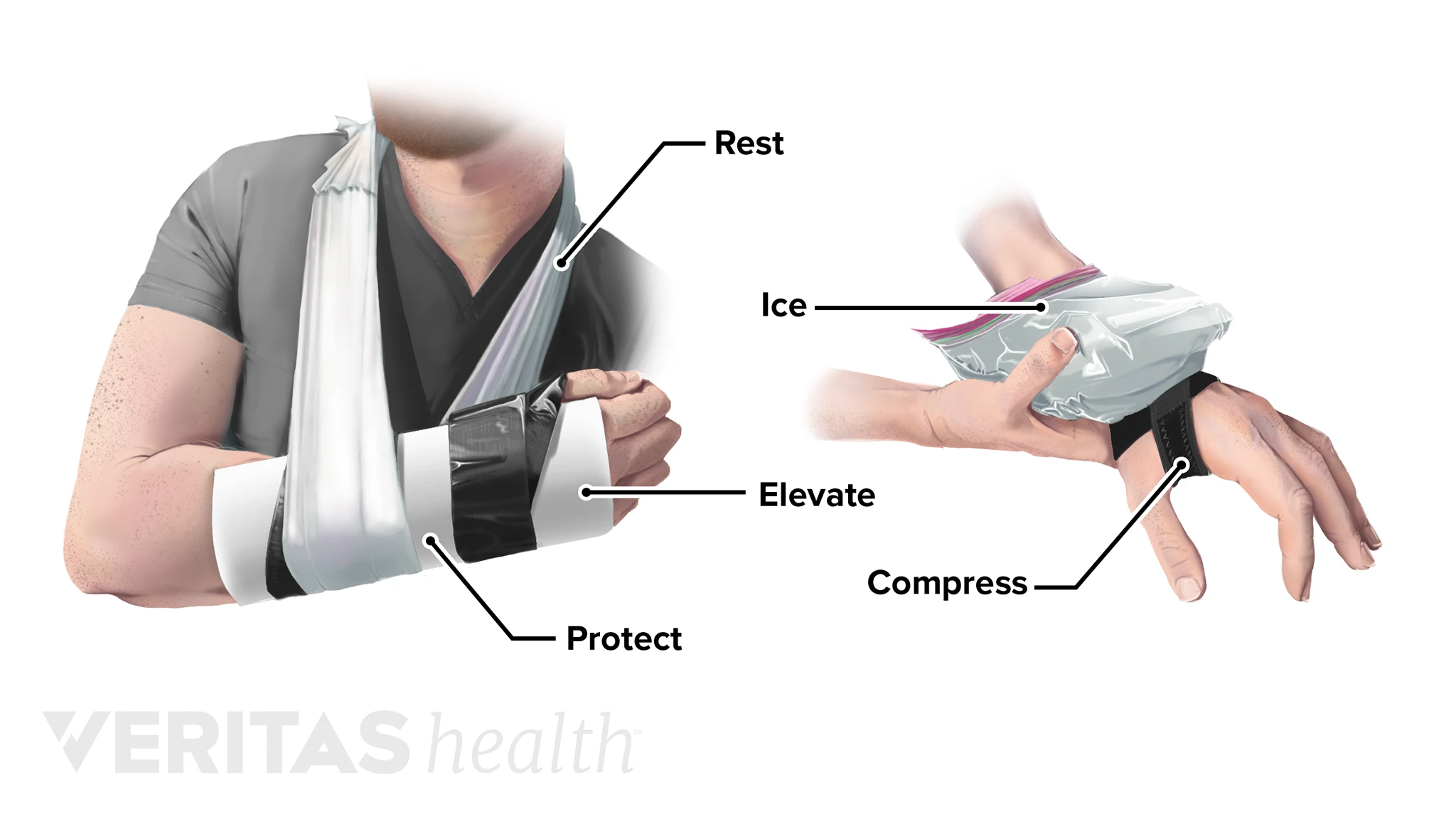A sprained wrist is a common injury that can happen to anyone at any age. It usually occurs when the wrist is suddenly twisted or bent forcefully, causing damage to the ligaments that support the wrist joint. While most cases of sprained wrist are mild, some can be severe and require medical attention. In this article, we will discuss the causes, symptoms, diagnosis, treatment, and prevention of a sprained wrist.
Causes of a Sprained Wrist
A sprained wrist is usually caused by a sudden twisting or bending motion of the wrist. This can happen while playing sports, such as basketball or tennis, or during daily activities, such as carrying heavy objects or falling onto an outstretched hand. The risk of spraining your wrist increases if you have weak wrist muscles, have previously injured your wrist, or have a medical condition that affects your bones or joints.
Symptoms of a Sprained Wrist
The symptoms of a sprained wrist may vary depending on the severity of the injury. Mild sprains may cause mild pain and swelling, while severe sprains can cause severe pain, swelling, and difficulty moving the wrist. Other common symptoms of a sprained wrist include bruising, stiffness, and tenderness around the affected area.
Diagnosis of a Sprained Wrist
If you suspect that you have a sprained wrist, it is important to see a doctor for an accurate diagnosis. Your doctor will examine your wrist and ask you about your symptoms and how the injury occurred. They may also order an X-ray or MRI to rule out any fractures or other injuries.
Treatment of a Sprained Wrist
The treatment for a sprained wrist depends on the severity of the injury. Mild sprains can usually be treated with rest, ice, compression, and elevation (RICE). This involves resting the affected wrist, applying ice packs, wrapping the wrist with a compression bandage, and elevating the wrist above the level of the heart to reduce swelling.
More severe sprains may require immobilization with a splint or cast to prevent further damage to the ligaments. In some cases, surgery may be necessary to repair a torn ligament or other damage.
Prevention of a Sprained Wrist
To prevent a sprained wrist, it is important to take precautions when engaging in physical activities, such as wearing protective gear and warming up before exercising. Strengthening the muscles in your wrist and hand can also help prevent injuries. If you have a history of wrist injuries or medical conditions that affect your bones or joints, talk to your doctor about ways to prevent future injuries.
Conclusion
A sprained wrist can be a painful and debilitating injury, but with proper diagnosis and treatment, most people can recover fully. If you suspect that you have a sprained wrist, it is important to seek medical attention to prevent further damage and ensure proper healing. By taking precautions and strengthening your wrist muscles, you can also reduce your risk of future injuries.

